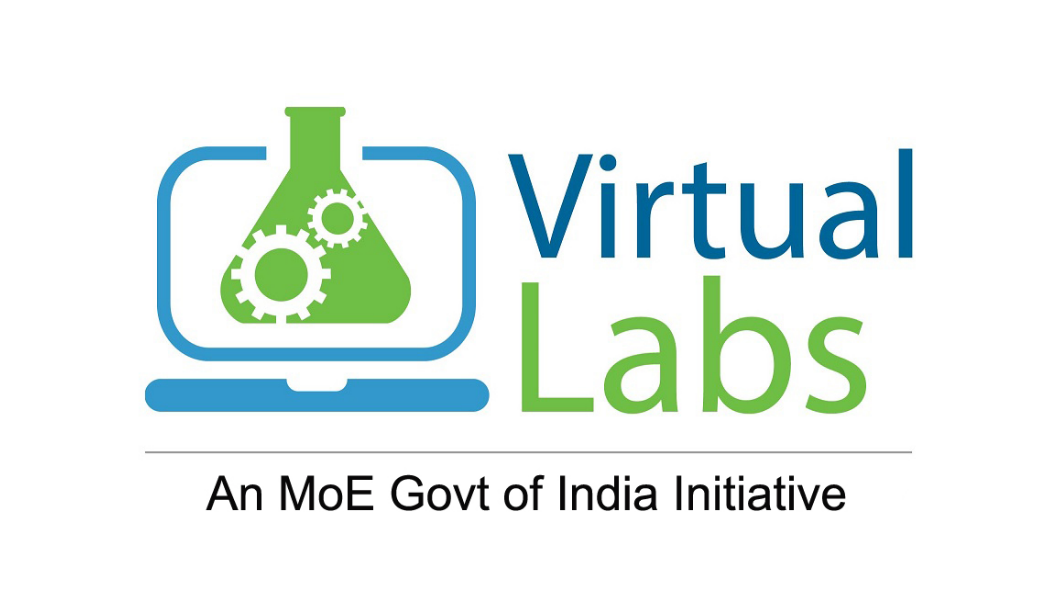



Identifying the Requirements from Problem Statements
Case Study
1 : A Library Information System for SE VLabs Institute
The SE VLabs Institute has been recently setup to provide state-of-the-art research facilities in the field of Software Engineering. Apart from research scholars (students) and professors, it also includes quite a large number of employees who work on different projects undertaken by the institution.
As the size and capacity of the institute is increasing with the time, it has been proposed to develop a Library Information System (LIS) for the benefit of students and employees of the institute. LIS will enable the members to borrow a book (or return it) with ease while sitting at his desk/chamber. The system also enables a member to extend the date of his borrowing if no other booking for that particular book has been made. For the library staff, this system aids them to easily handle day-to-day book transactions. The librarian, who has administrative privileges and complete control over the system, can enter a new record into the system when a new book has been purchased, or remove a record in case any book is taken off the shelf. Any non-member is free to use this system to browse/search books online. However, issuing or returning books is restricted to valid users (members) of LIS only.
The final deliverable would a web application (using the recent HTML 5), which should run only within the institute LAN. Although this reduces security risk of the software to a large extent, care should be taken no confidential information (eg., passwords) is stored in plain text.
Identification of functional requirements
The above problem statement gives a brief description of the proposed system. From the above, even without doing any deep analysis, we might easily identify some of the basic functionality of the system:
New user registration: Any member of the institute who wishes to avail the facilities of the library has to register himself with the Library Information System. On successful registration, a user ID and password would be provided to the member. He has to use this credentials for any future transaction in LIS.
Search book: Any member of LIS can avail this facility to check whether any particular book is present in the institute's library. A book could be searched by its:
User login: A registered user of LIS can login to the system by providing his employee ID and password as set by him while registering. After successful login, "Home" page for the user is shown from where he can access the different functionalities of LIS: search book, issue book, return book, reissue book. Any employee ID not registered with LIS cannot access the "Home" page -- a login failure message would be shown to him, and the login dialog would appear again. This same thing happens when any registered user types in his password wrong. However, if incorrect password has been provided for three time consecutively, the security question for the user (specified while registering) with an input box to answer it are also shown. If the user can answer the security question correctly, a new password would be sent to his email address. In case the user fails to answer the security question correctly, his LIS account would be blocked. He needs to contact with the administrator to make it active again.
Issue book: Any member of LIS can issue a book against his account provided that:
If the above conditions are met, the book is issued to the member. Note that this FR would remain incomplete if the "maximum number of books that can be issued to a member" is not defined. We assume that this number has been set to four for students and research scholars, and to ten for professors. Once a book has been successfully issued, the user account is updated to reflect the same.
In a similar way we can list other functionality offered by the system as well. However, certain features might not be evident directly from the problem system, but which, nevertheless, are required. One such functionality is "User Verification". The LIS should be able to judge between a registered and non-registered member. Most of the functionality would be available to a registered member. The "New User Registration" would, however, be available to non-members. Moreover, an already registered user shouldn't be allowed to register himself once again.
Having identified the (major) functional requirements, we assign an identifier to each of them [v] for future reference and verification. Following table shows the list:
Table 01: Identifier and priority for software requirements
| No | Requirement | Priority |
|---|---|---|
| R1 | New User Registration | High |
| R2 | User Login | High |
| R3 | Search Book | High |
| R4 | Issue Book | High |
| R5 | Retrun Book | High |
| R6 | Reissue Book | High |
Having talked about functional requirements, let's try to identify a few non-functional requirements.
Once all the functional and non-functional requirements have been identified, they are documented formally in SRS, which then serves as a legal agreement.